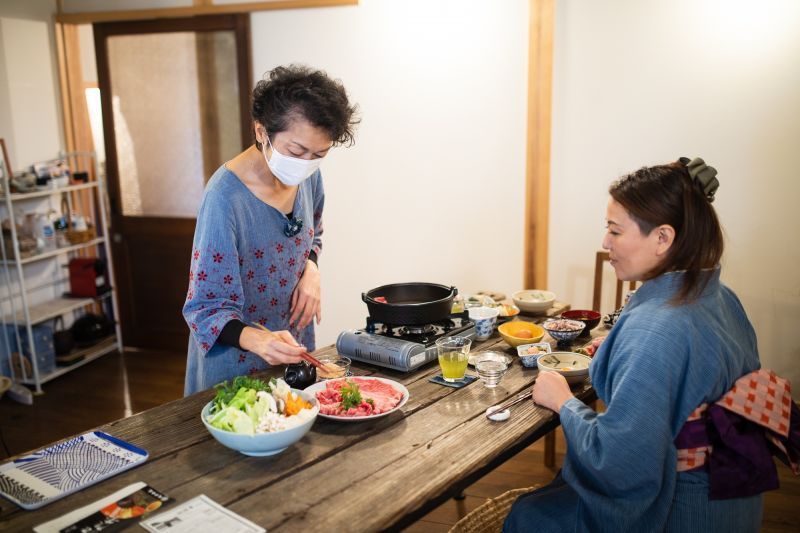The Matsusaka experience: World-class beef, traditional kimono, and historical city walks
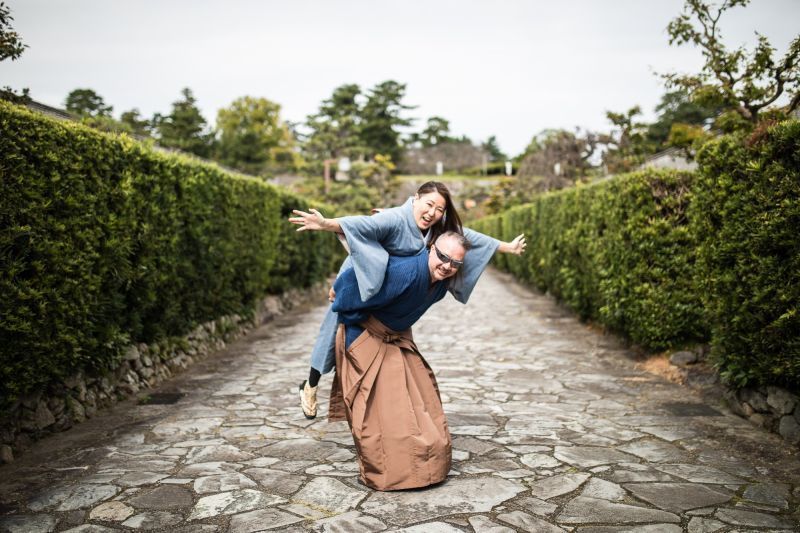
Matsusaka, not just a city known for its world-famous beef. There is also a rich historical tradition and ancient architectural structures to explore and experience.
Written by Pete Leong
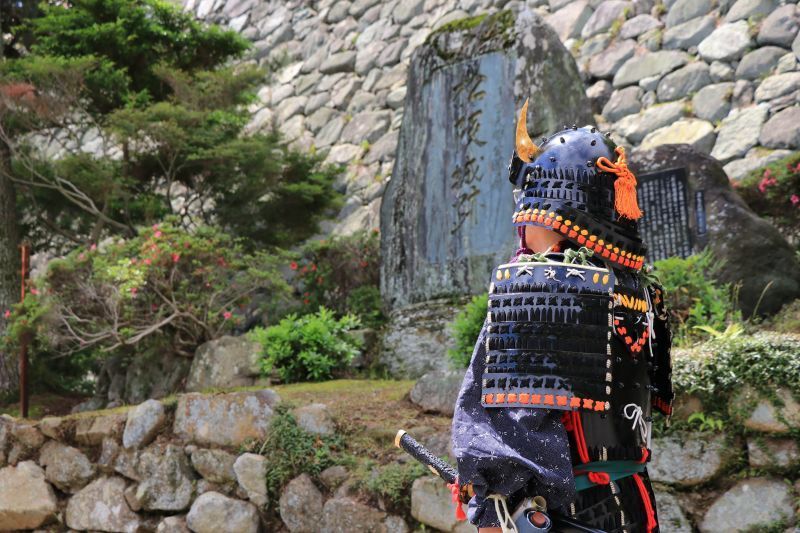
Matsusaka City, Mie Prefecture, is known worldwide for its luxury brand “Matsusaka Beef” but it is also a city with a long history. Matsusaka Castle, which was built in 1588, is a symbol of the city with its stone walls still remaining.
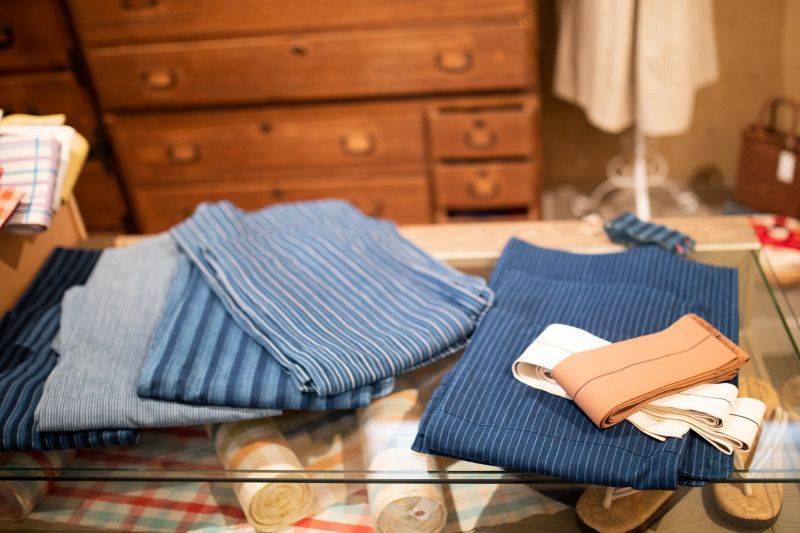
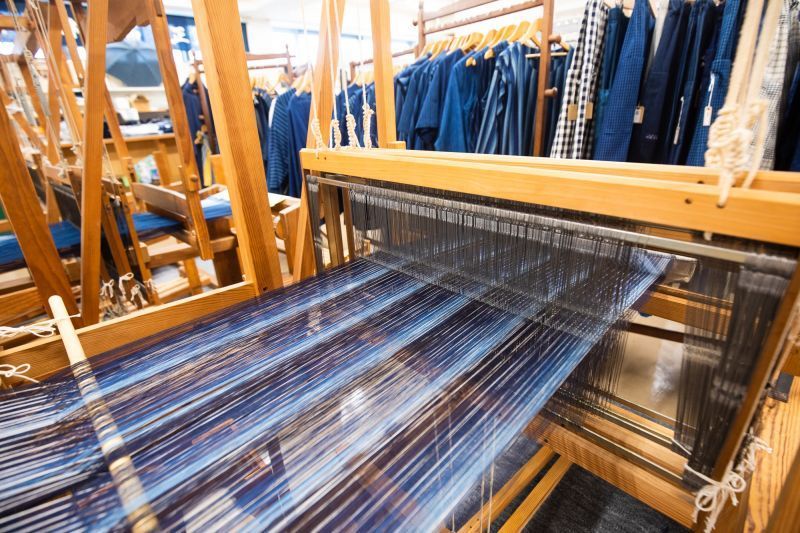
Further back, from around the 5th century, weaving technology was introduced from China to Matsusaka, and since then Matsusaka has been very active in the production of textiles.
A typical woven fabric made in Matsusaka is known as “Matsusaka momen.”
Matsusaka momen is a cotton fabric made from natural materials dyed indigo blue and has a unique striped pattern. In Edo (now Tokyo), the Matsusaka momen kimono was very popular among the common people.
A typical woven fabric made in Matsusaka is known as “Matsusaka momen.”
Matsusaka momen is a cotton fabric made from natural materials dyed indigo blue and has a unique striped pattern. In Edo (now Tokyo), the Matsusaka momen kimono was very popular among the common people.
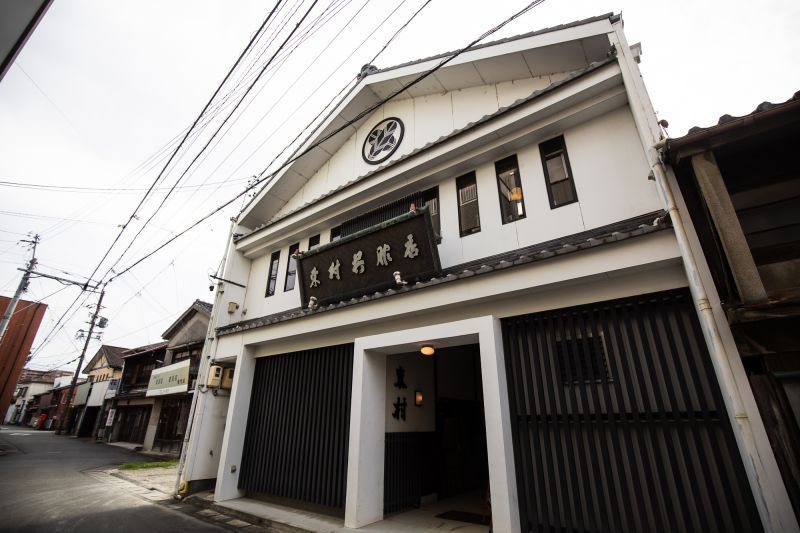
Matsusaka momen is easy to wear, comfortable, and it can be worn every day, just like denim in modern times. Even now, there are several stores in Matsusaka where you can experience wearing it, and feel like you’re taking a step back into the past while you explore the historic streets.
I recently visited one of the Momen kimono rental shops, “Utsukushiya.”
I recently visited one of the Momen kimono rental shops, “Utsukushiya.”
This shop not only rents and helps you get properly dressed in the kimono, but also offers a plan whereby you can experience the various attractions of Matsusaka.
For this trip, I decided to wear a kimono and roam around the shopping streets, as well as try my hand at cooking Matsusaka Beef Sukiyaki style, which is a must-have when it comes to visiting Matsusaka.
For this trip, I decided to wear a kimono and roam around the shopping streets, as well as try my hand at cooking Matsusaka Beef Sukiyaki style, which is a must-have when it comes to visiting Matsusaka.
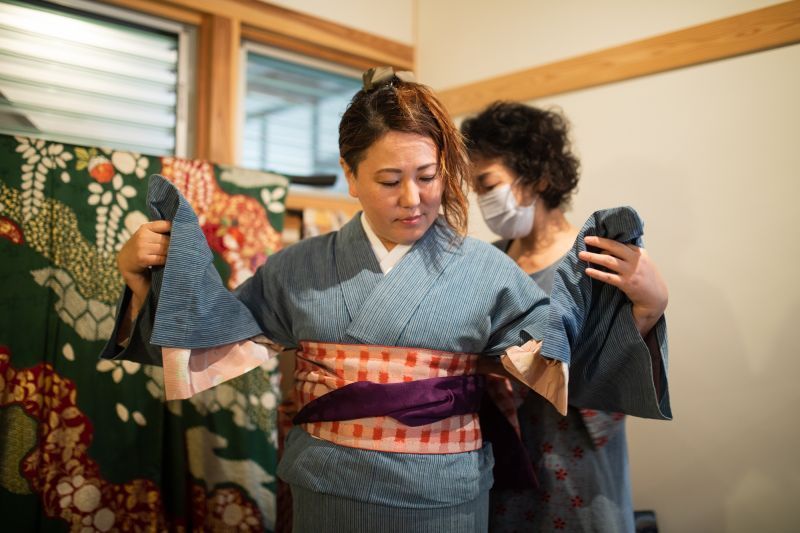
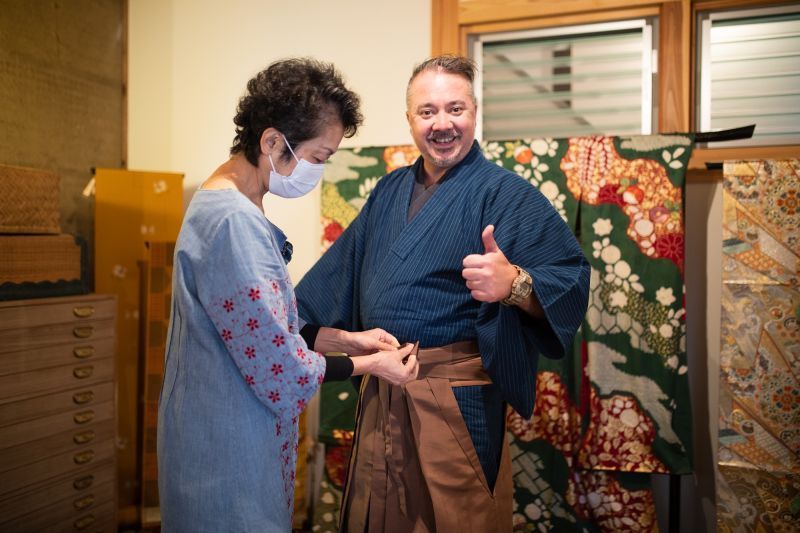
After arriving at Utsukushiya we were greeted by Yoshiko Higashimura, a wonderfully friendly and knowledgeable lady that runs the rental store as well as the attached guest house. Without wasting any time, we got to choosing the color of the kimono that we would like to wear for our experience from various shades and styles based on indigo blue, as is the Matsusaka momen tradition.
I decided to go with a darker blue while my partner went with a lighter shade. Yoshiko helped us both to put the kimono on and I was pleasantly surprised to find it quite light, soft, and easy to move in. I had the image that they would be heavy and pretty stiff like regular kimonos but these were nothing like that, thankfully.
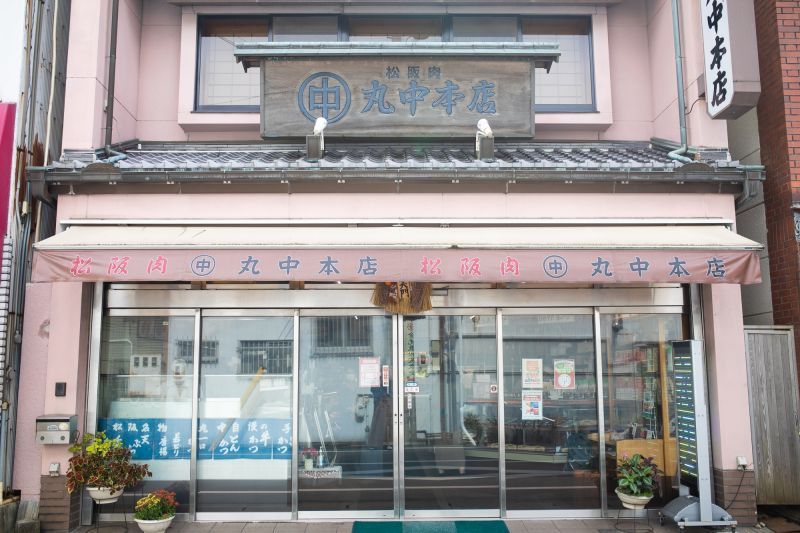
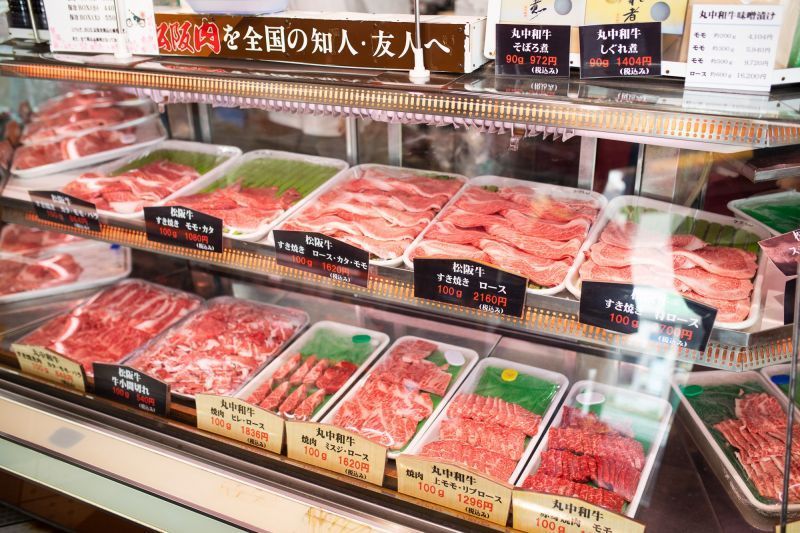
Once we were all dressed up, we were all set for our adventures. We first visited a well-known local butcher shop called Marunaka Honten, which specializes in different cuts of Matsusaka Beef so I could pick some up and cook it back at the guest house after our walking adventures. Along with our order, I also received a copy of a certificate that states the authenticity of the Matusaka Beef.
Our other guide, Ryoji Takaoka, explained that Matsusaka Beef first became famous after winning the top “honorary award” in a 1935 contest in Tokyo. Since then the area has kept up its tradition as home to one of the best quality beef producers in the world. It wasn’t until the modern era (late 19th century) that meat was generally eaten in Japan.
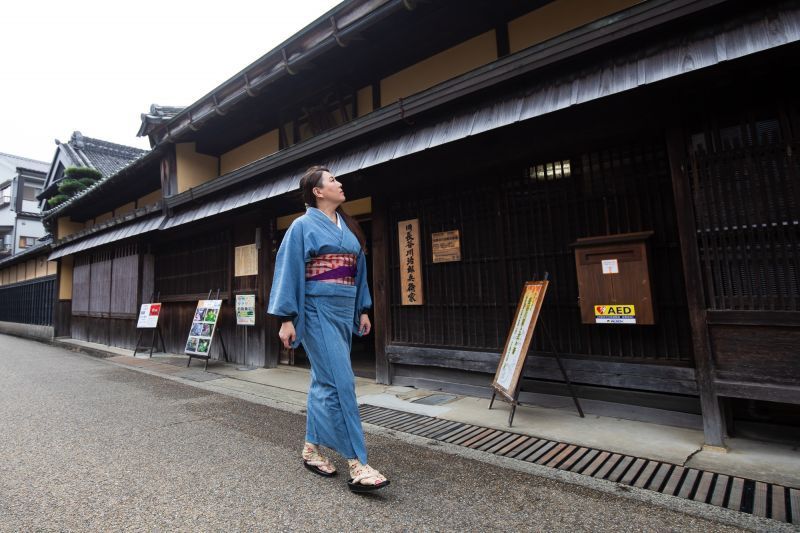
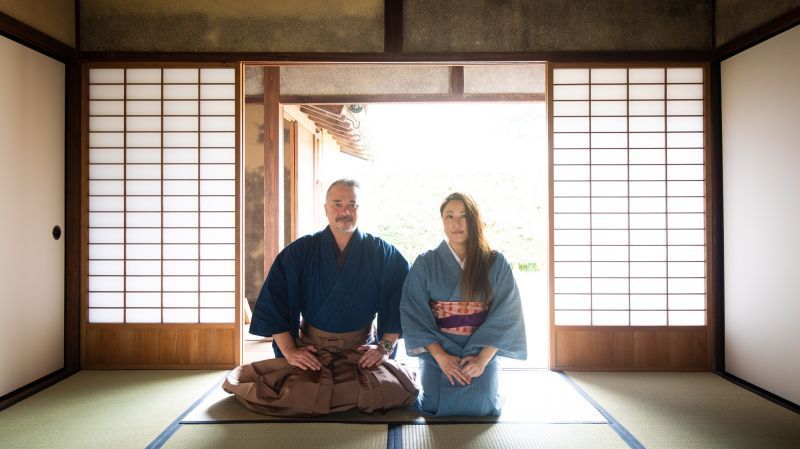
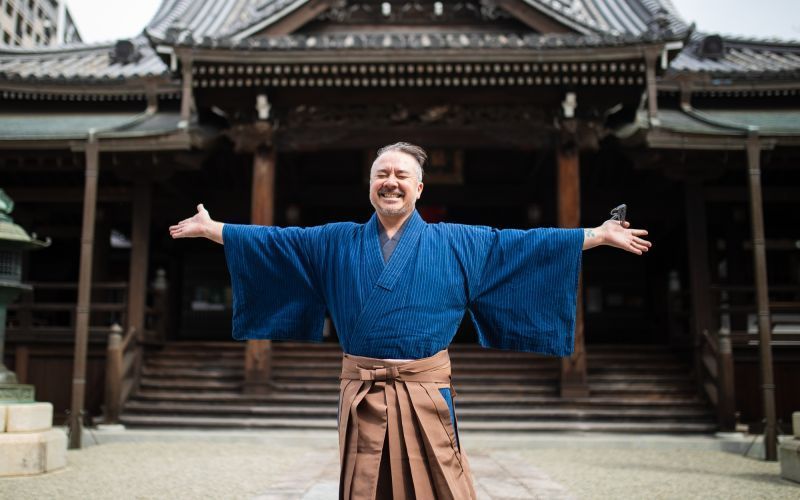
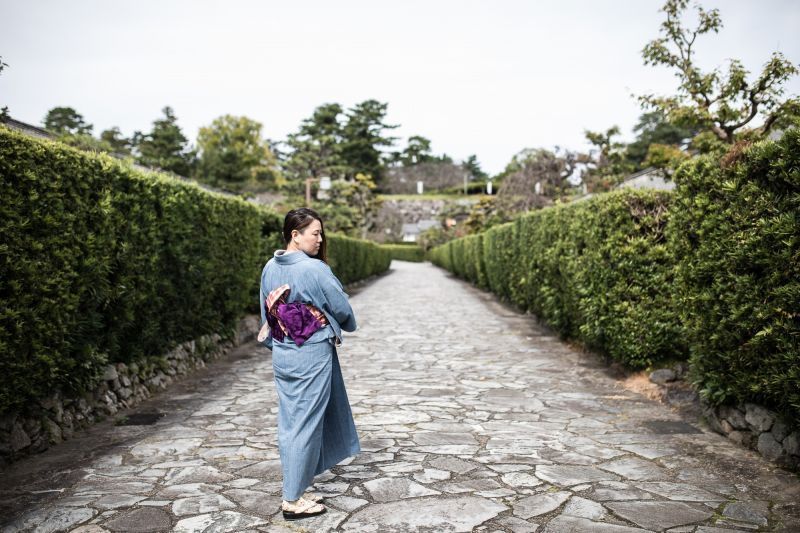
Now it was off to do some exploring, soak in the atmosphere and take some photos around the old streets that lead up to the castle ruins. We passed through streets lined with beautiful well-kept, old-style houses with well-kept gardens. There are a few places that the public is allowed to enter and see how people would have lived over 150 years ago. All very simplistic and beautiful.
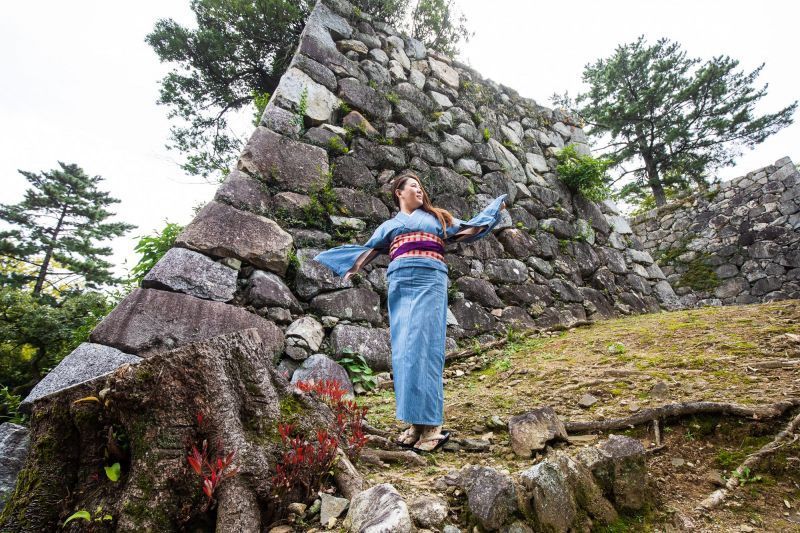
From there we made our way up the hill into the ruins of the old Matsusaka Castle Ruins. Unfortunately the castle tower collapsed due to a powerful wind in 1644 and was never rebuilt, but the magnificent stone walls remain and are highly regarded. The Castle Ruins is selected as one of Japan’s 100 Best Castles. It was still very impressive to walk around the grounds and imagine what it would have been like standing there in the late 1500s.
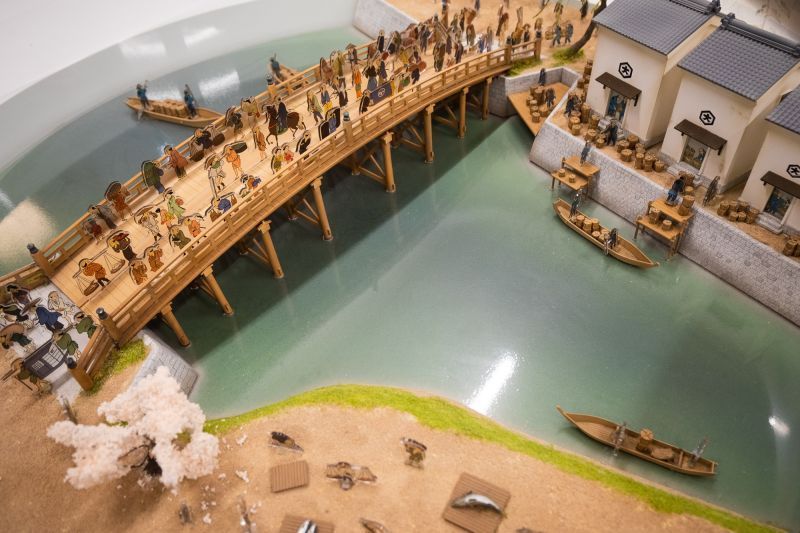
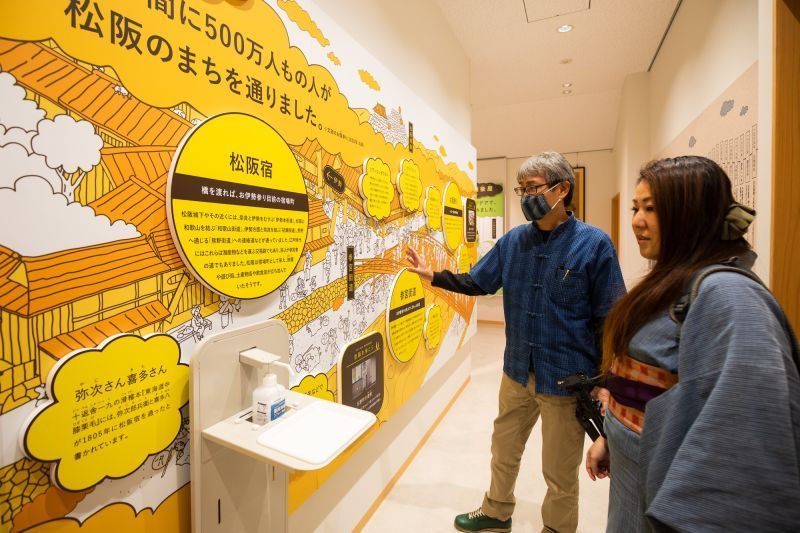
Next, we made our way back down into the town where our friendly guide Ryoji showed us where the city used to be divided by a small river that separated the living areas of the Samurai from the merchants and common people. Nearby we stopped at a few stores that sold momen fashion clothing and souvenirs, and at a tourist information center that had a whole floor dedicated to the history of Matsusaka. Ryoji was very knowledgeable and was enthusiastic to answer all of the questions we could toss at him about the area.
